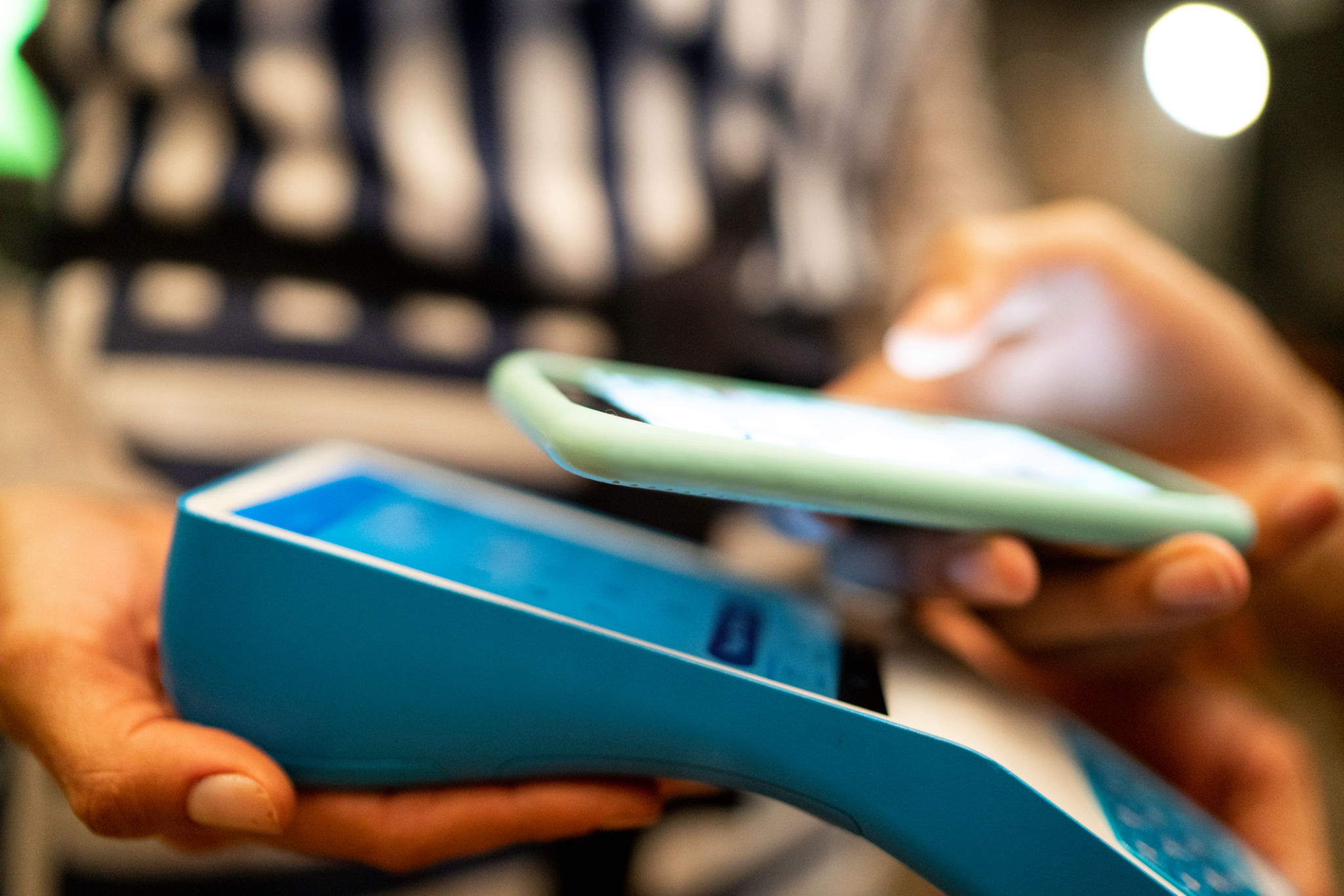How to Seamlessly Integrate Your Mobile Card Reader with Existing POS Systems
Understanding Your Current POS System
Before integrating a mobile card reader with your existing Point of Sale (POS) system, it's crucial to have a thorough understanding of your current setup. Identify the type of POS system you are using, whether it’s a cloud-based or an on-premises solution. Knowing this will help in choosing a compatible mobile card reader that aligns with your infrastructure.
Assess the features and limitations of your current POS. Does it support third-party integrations? What are the hardware and software specifications? Having this information at hand will streamline the integration process.

Choosing the Right Mobile Card Reader
Once you have a clear understanding of your existing POS system, the next step is to select a mobile card reader that complements it. Consider factors such as compatibility, transaction fees, and additional features like contactless payments or EMV chip capabilities.
Ensure that the card reader supports major credit and debit cards to provide a seamless customer experience. It should also be compatible with your POS software to facilitate smooth transactions without any technical hitches.

Consider Integration Support
When choosing a mobile card reader, prioritize those that offer robust integration support. Some manufacturers provide dedicated support teams or comprehensive documentation to assist with the integration process. This can be invaluable in preventing potential issues and ensuring a smooth transition.
Setting Up the Integration
After selecting a suitable mobile card reader, it's time to integrate it with your existing POS system. Begin by checking for any available updates for both the card reader and the POS software. Keeping everything up-to-date ensures compatibility and optimal performance.
Follow the manufacturer's guidelines for installation and configuration. Most modern systems offer plug-and-play capabilities, making the setup process relatively straightforward. However, if you encounter any challenges, refer to the support documentation or contact customer service for assistance.

Testing the Integration
Before rolling out the integrated system for daily operations, conduct thorough testing. Perform several test transactions to ensure that all components work together seamlessly. Check for any discrepancies in transaction records and resolve issues promptly.
Testing should also include evaluating the user experience from both the customer's and staff's perspectives. This helps in identifying areas that might need improvement, ensuring a smooth checkout process.
Training Your Staff
To maximize the benefits of your newly integrated system, invest time in training your staff. Ensure that they understand how to operate the new mobile card reader and resolve common issues independently. Regular training sessions can help maintain high levels of efficiency and customer satisfaction.

Provide comprehensive training materials, including user manuals and video tutorials, to accommodate different learning styles among your team members. Encourage open communication so that staff can share feedback and insights about the new system.
Monitoring and Maintenance
Once your mobile card reader is successfully integrated with your POS system, ongoing monitoring and maintenance are essential. Regularly check for software updates and apply them promptly to keep everything running smoothly. Monitor transaction records for any irregularities that could indicate technical issues.
By staying proactive with maintenance and monitoring, you can ensure that your integrated system continues to support your business operations effectively, providing both you and your customers with a seamless experience.